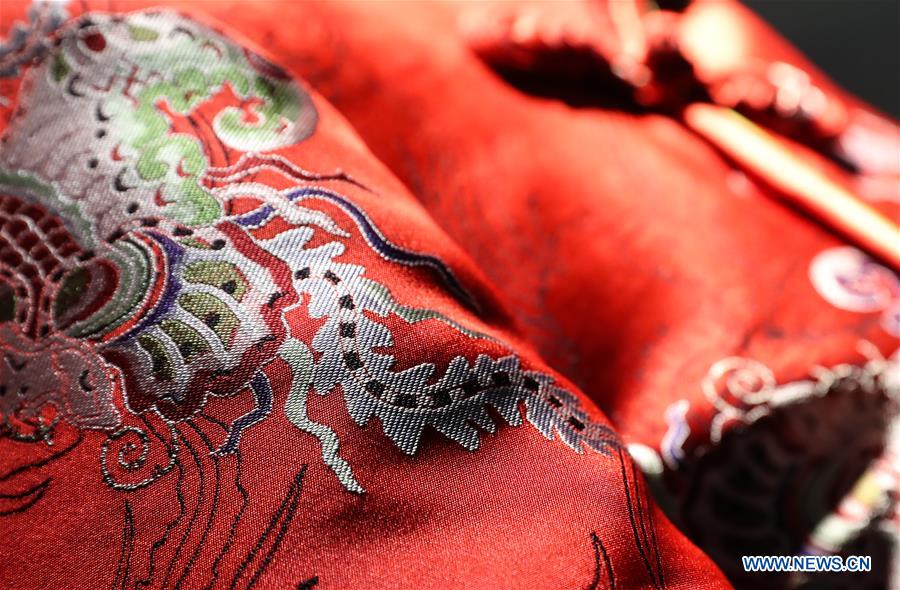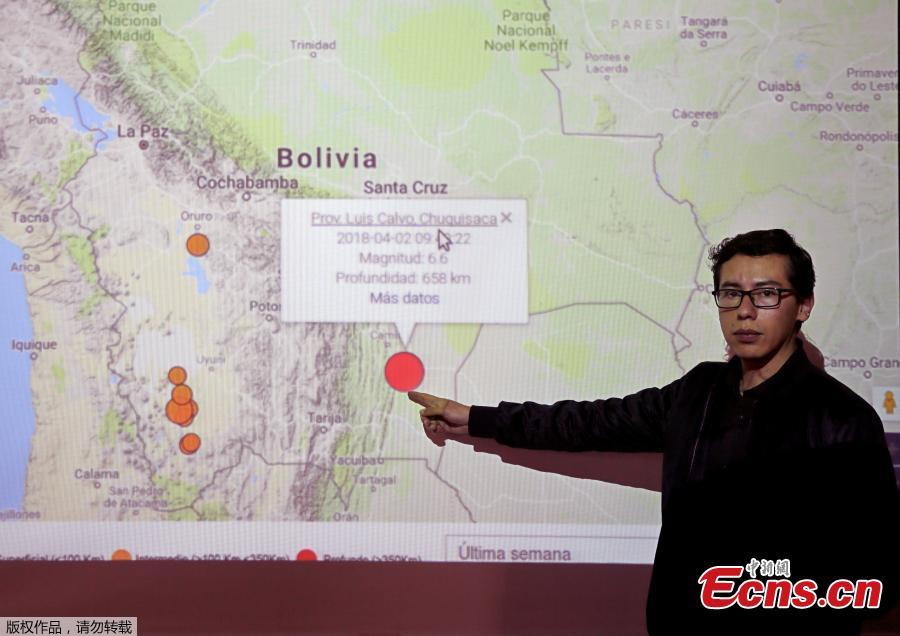
The Ethiopia-Djibouti Railway is launched on October 5. (Photo: Zhu Xiaolei/GT)
The Chinese-built and -financed Ethiopia-Djibouti Railway, the first electrified railway in Africa, is expected to enter full commercial operations at the end of this year. The railway has fully adopted Chinese standard and is regarded as a "game changer" for regional development.
From the steward's uniforms to the design of the train tickets and the train's interior decor, the newly launched railway linking landlocked Ethiopia's capital Addis Ababa to the Red Sea nation of Djibouti closely mimics Chinese standards.
The electrified Ethiopia-Djibouti Railway was built by Chinese companies and launched early on a trial basis this month.
This railway is often compared with the Tanzania-Zambia Railway, built by China between 1970 and 1975. It was the first railway built by China in Africa and is seen as a monument to Sino-African friendship and the starting point of bilateral cooperation.
The project was financed through an interest-free loan of $500 million from China, at a time China's average per capita yearly income was only $100. In 2011, China cancelled half of the remaining debt.
The Ethiopian government sees the railway as a "game changer" and a "road map" for the two countries to attain middle-income status. They believe that the railway will help improve the two countries' social and economic development.
China is the largest trading partner of Ethiopia, one of the world's fastest-growing economies which sees almost 90 percent of its imports and exports moving through Djibouti.
With a designed top speed of 120 kilometers per hour, the 752-kilometer long Ethiopia-Djibouti Railway will help cut cargo travel time between the two countries from seven days to just 10 hours.
It was designed, constructed and supervised completely according to Chinese standards with a total investment of $4 billion, with more than 70 percent of the funds provided by the Export-Import Bank of China.
Last year, beating out their Western rivals, a consortium of two contractors, the China Railway Group Limited and the China Civil Engineering Construction Corporation (CCECC), won the bid to operate and manage the railway for six years.
It is the first time China has exported an entire railway industrial chain. At the same time, railways are also being built by Chinese firms in other African countries such as Kenya and Nigeria. The adoption of modern railways using Chinese standards is expected to boost Sino-African cooperation to new heights.
Chinese standard
"The Ethiopia-Djibouti Railway is full of Chinese factors. Its construction and initial operation are all managed by Chinese enterprises. Such one-stop service is a world first," said Xu Youding, Vice General Manager and Chief Engineer of China Railway Eryuan Engineering Group Co. Ltd, (CREEC) which took charge of the railway's planning and design.
"The export of Chinese standards means the export of domestically-made design, construction technology, high-tech communication signals, electrified equipment, locomotives and operation model," Xu told the Global Times.
After the first six years, Chinese enterprises will continue to provide two years of technological support. Now, a team of about 1,000 Chinese are in charge of the operation. At the same time, in Ethiopia alone, more than 2,000 locals are receiving specialist training to be train drivers, stewards and maintenance staff, so as to prepare for the operations' gradual handover to the government in six years.
Mekonnen Getachew, project manager with the Ethiopian Railways Corporation, highly praised this system. "This is a partnership, rather than just a simple sale of a product or service to us in which once the sellers leave, the project is abandoned," Getachew told the Global Times.
The single-track, 1,860-kilometer Tanzania-Zambia Railway has offered some lessons. Due to a lack of maintenance, in addition to decrepit lines and old locomotives, the line's cargo tonnage and passengers have fallen to half of the target tonnage. Many businesses have moved to using more efficient road transport, as trucks out-compete rail transport in the region, according to a 2014 report by the China Daily.
Zhou Guoti, an operation manager with CREEC, believes that talent training is key to the line's future operation.
"We must learn the lessons from the Tanzania-Zambia Railway and sustain maintenance efforts. Human resources are key for its operation. This will be a great challenge," Zhou said.
He explained that the railway will be the only line in Ethiopia since its last railway shut down decades ago and many of the locals involved in the project knew little about rail transport previously.
The railway, 670 kilometers of which are in Ethiopia, has created about 48,000 local jobs during the construction process and is expected to provide thousands of permanent posts once the line begins commercial operations at end of this year.
But Xu said the challenges are still great. "We are not only building railways for them, but also building a talent pool for these countries, so as to keep the line's operation sustainable," Xu said.


















































